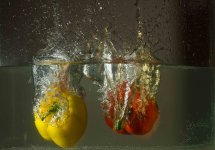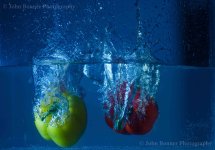I used to do 35mm slrs and develop my own pictures... that was over 35 years ago.
This is my first dslr and I have to say, wow. The flexibility you have in these things is amazing.
Just you show how white balance can impact your pictures, here are three with different settings. It's nothing new to you experts but I think this is way cool.
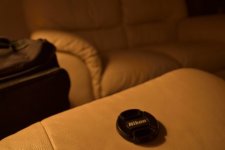
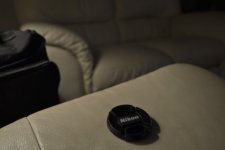
This
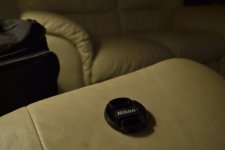
This is my first dslr and I have to say, wow. The flexibility you have in these things is amazing.
Just you show how white balance can impact your pictures, here are three with different settings. It's nothing new to you experts but I think this is way cool.


This


